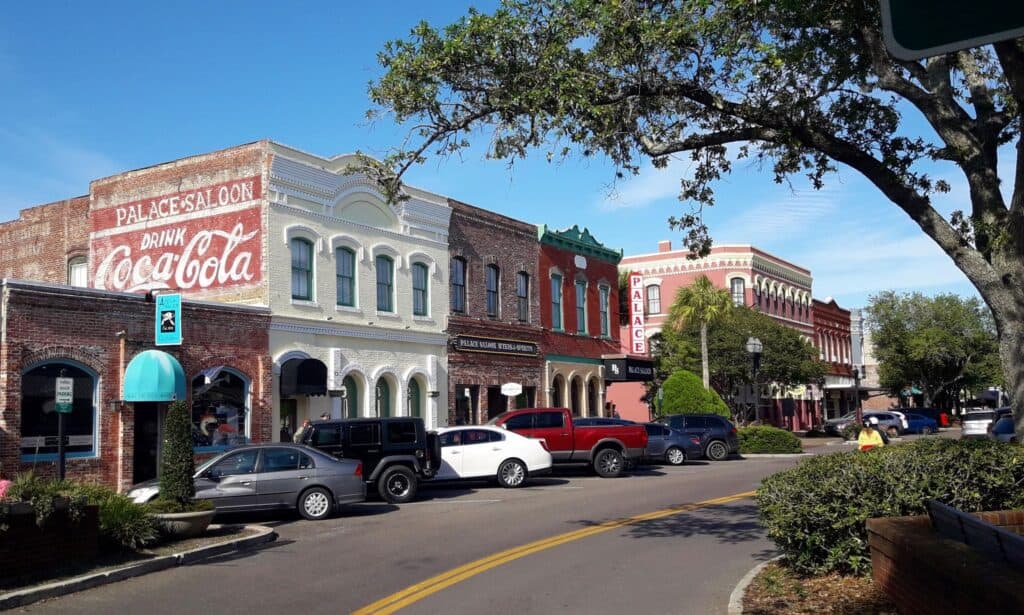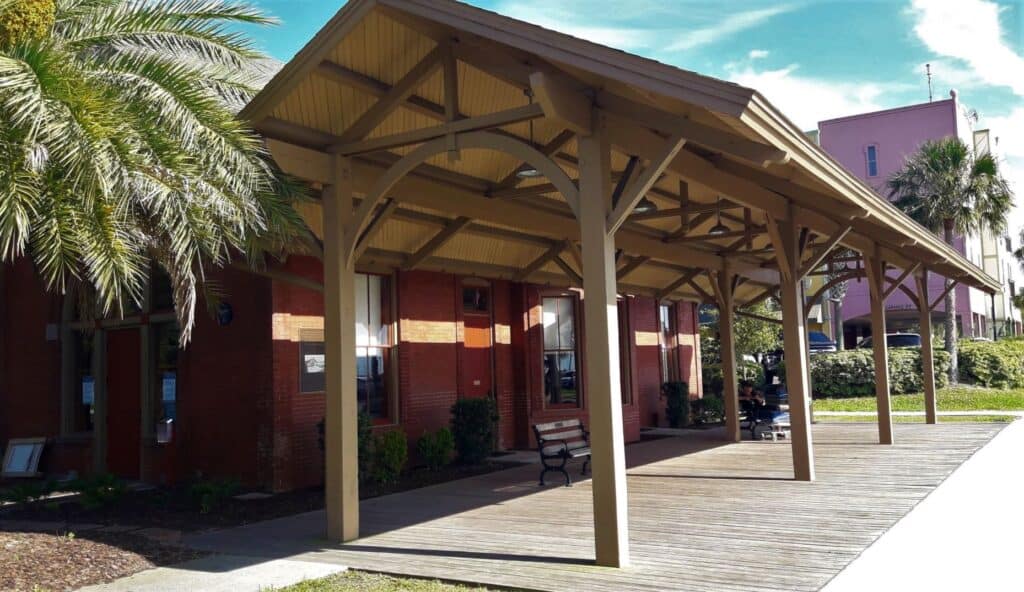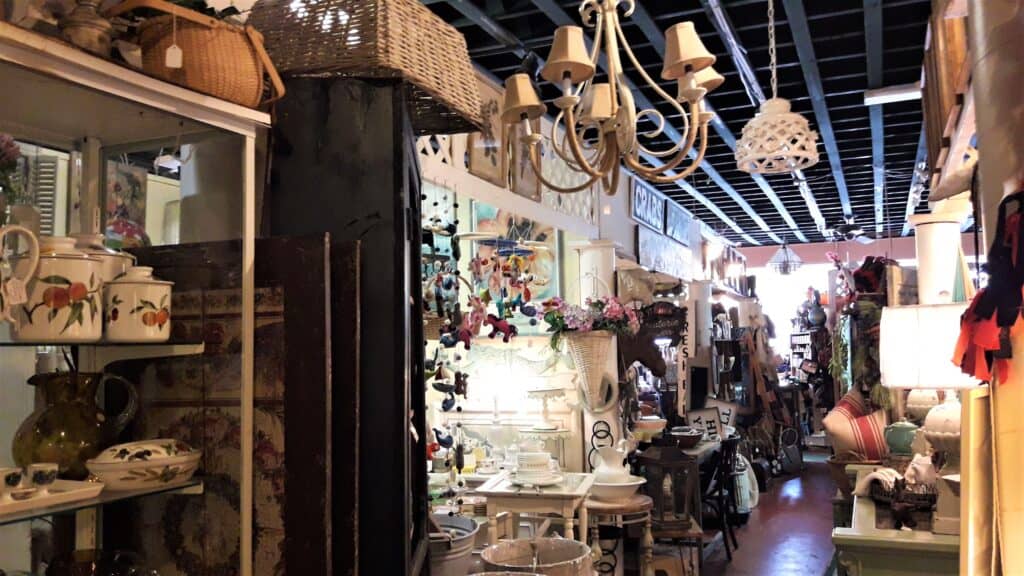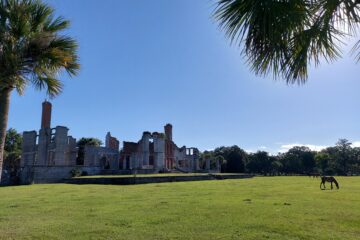Swashbuckling Fernandina Beach, Florida

Smugglers, pirates, slave traders. Maybe not the first people we think of when picturing quaint Fernandina Beach, Florida, but these were the seedy characters who thrived in this Amelia Island settlement in the 1800s. Fernandina is so much more, too, so read on!
Fernandina Beach is the only city in the U.S. which can boast that eight different nations’ flags have flown over it. I won’t go into all the gory details (and often they were gory!), but just imagine a game of musical chairs between the Timucua Indians, French, Spanish, British, Scottish, and others, until the United States finally took over in 1821. The place-names here convey a sense of this squabbling: Fernandina’s name comes from the town’s Spanish occupation under King Ferdinand (Fernando) II, while British General James Oglethorpe named Amelia Island after King George II’s daughter.
It was in 1807 when Fernandina was under Spanish control that the above-mentioned smugglers, pirates, and slave traders took advantage of the town’s becoming a newly “free port,” when there were no longer customs authorities. Smuggling and piracy flourished again in 1817, when a French pirate and privateer briefly annexed Fernandina to the Republic of Mexico (cue another flag over the town).
After the Americans took over Fernandina, they built Fort Clinch at the northern tip of the island in 1847 (see map above). Early in the Civil War, it was seized by Confederate troops – accounting for yet another flag over Fernandina – and became a center for blockade-running, a la Rhett Butler, until it was captured by Union forces in 1862. Today, Fort Clinch is one of the best-preserved 19th-century forts in the country and is open to the public.

In the 1850s, Fernandina became the eastern terminus of Florida’s first trans-state railroad, which helped the town’s shrimping industry boom. Locals laid tracks right next to the docks so that shrimpers could pack their catch onto newly-invented ice cars and freight them farther north than ever before. You can still visit the 1899 train depot, which is now the Amelia Island Welcome Center.
Fernandina is also home to Florida’s oldest bar, the Palace Saloon of 1903. Early 20th-century visitors included such big names as Rockefeller and Carnegie, who made the trek down from Cumberland Island, Georgia, to quench their thirst (see map). The bar survived the Prohibition, hurricanes, and a devastating fire in 1999 so that today you can belly up to the fancy wooden bar just as bigwigs did a century ago.
By the late 19th century, Fernandina was a center for tourism and shipping, much as it is today. It thrived off of transporting cargoes of lumber, naval stores, and phosphate, and tourists came by steamboat from New York to stay in the town’s beautiful hotels. However, by the early 1900s tourism had moved farther south with the extension of the train line to St. Augustine.

Today Fernandina is a lively town of about 11,000 people with a paper industry, a shrimping fleet, and service industry jobs generated by the island’s retirement and second home communities. It also has many festivals; the most iconic is the annual Isle of Eight Flags Shrimp Festival. The May 2021 festival was cancelled due to the virus, but keep an eye out for next year’s! Festival or no, Fernandina is a great place to wander, pop in an antique shop, grab some fresh local seafood, or check out one of its several museums.
Tune in soon for a list of things to do in Fernandina Beach!



